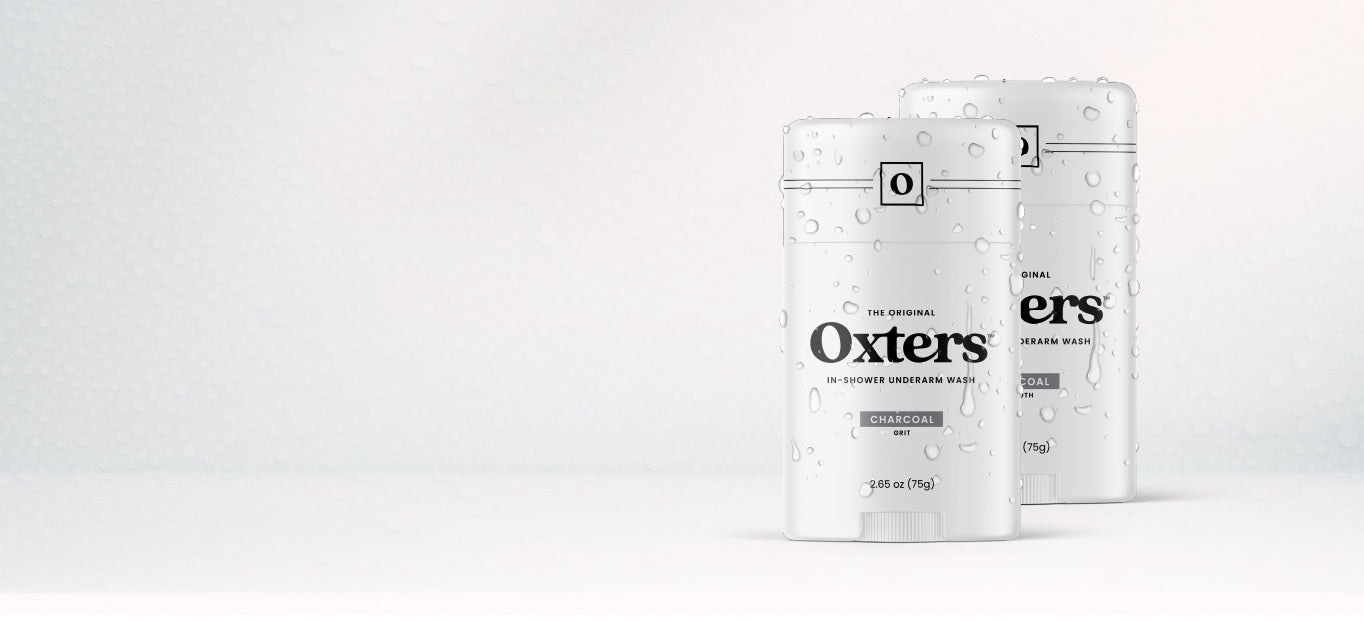The terminology surface design is fairly new and is not nearly as common as in other artistic fields like graphic design or photography. People turn into experts in surface design as they keep practising the skill. Surface pattern design is a form of artwork which means illustration patterns and lettering etc. which is intended to be applied to a surface to enhance the visual appearance and functionality. You could check out the website provided below to know more about courses in surface pattern designing: https://www.theprintschool.com/
A doll designer’s job is to design interesting and functional toys, just like other shoe manufacturers or furniture manufacturers. The newly created doll would require interesting patterned fabric or dress that would need an illustration or design to match the vision of the designer. A surface designer can design a pattern for a new sofa, a t-shirt or even a dress.
Table of Contents
Where could you find Surface Design?
Surface pattern design is just everywhere. Take a look at your own house and look at the printed or woven surfaces you could see around you. You would be easily able to spot many items like pillows, rugs, bed linens, coffee mugs, wall art, kitchen utensils, printed dresses, magazines, notebooks and so goes the list. The highlight here is that an ordinary scrapbook is a type of surface design that is a smaller piece of a larger thing. The shift from digital designing to surface designing could not be initially easy as you would be open to more designs and a much larger market.
Surface Design: How to get started?
The idea of making your living from the art would sound awesome but you will not have any clue on where to begin or if you are capable of being a self-employed artist. If you love making art regularly, yes, it could be a great career option! The first thing you should know is that building your own business could not be a fast journey. You should be willing to put in a few years before you would begin to see a substantial income. There are a lot of courses and people who make huge promises that it would help in developing your career almost instantly. However, that is not the truth. It would take quite some time to gain stability in the job. A lot goes into being a surface designer than just developing a beautiful portfolio.
Creating art could be a huge part of being a successful artist and is the first step to becoming a working artist. However, there is one very important part of the equation that often gets glossed over. It is to market your art and contact new companies regularly. If you do not consistently send your work out, you would never make any money out of it. However, you would need a lot less to get started than you think. All you need is a portfolio of at least 10 quality designs, a desire to make a living from the art, and a website that showcases the work by keeping it simple. If there are these three things, it would be easy to send the work out to the art directors.
Many artists feel very uncomfortable about promoting their work and just wish that someone would do it for them. No one is a better advocate for your art than you. Reaching out to art directors could be intimidating. You might be concerned that they won’t like your work or you might say the wrong thing. However, sending a less than perfect email could be far better for you than not sending one at all.
If you are looking for a course in surface pattern design, you could check out the link provided:
https://www.theprintschool.com
Top Flower Designs for Surface Pattern Design
Flowers could be a staple in the textile and surface pattern design industry. They never tend to go out of style. The scale, illustration style or colour palette might change but the flower would be always in demand. Buyers might constantly look for new interpretations of the classic pattern category. This is where the designer’s role begins.
If you are beginning your career as a textile designer, you would be surprised to learn that not all flowers are created equally in the mind of art directors. Even though it is not a hard-fast rule, flowers like lilies and orchids are not as popular in most areas of the fashion industry. This could initially be a tough fact to digest. People always prefer adding happy flowers and some flowers just don’t fall in that category, which is a harsh fact accepted by most people who work in the fashion industry.
Completing a course in surface pattern design would help you gain technical and practical knowledge in designing. You could check out the link provided to opt for courses and to know the course details:
https://www.theprintschool.com/
Have a look at the top five flowers found to be effective for surface pattern design:
- Roses: Roses are the most common and popular option for all markets. Their layers of rolling petals are an opportunity that could bring softness and movement to a pattern. You can see roses illustrated in both simplified and realistic styles. When you are creating Rose patterns, never forget to include other motifs such as leaves and Rosebuds. The smaller motifs are a lovely accent to large roses and tend to ground the flowers within the layout. You could check out detailed vintage and furnishing style Rose patterns to get a more clear idea. You can make use of Adobe Fresco and Gouache paints as tools to design rose patterns.
- Daisies: If you are looking for a happy flower, you could end the search. Daisies are popular for home decor, fabric, stationery and children’s markets. Some designers explore layers of petals in their illustration while choosing to simplify the motif down to just a few petals. Daisies are cute in super simple set layouts and are complicated in all over patterns with a lot of layers and motifs. You could explore trends like retro floral which could be designed using bright acid colour palettes. You could make use of paper cut-outs and collages as tools for this floral design.
- Hibiscus: Hibiscus is indeed a mighty flower. Even the swimwear industry makes use of a lot of hibiscuses. Hibiscus patterns are popular at all times and in demand in almost all of the fashion and home markets. When creating hibiscus patterns, do not be afraid to include other tropical motifs like palms, plumeria and monstera. You could explore the painterly, bright and slightly abstracted through scale or application. Diluted acrylics or Photoshop brushes could create a soft transition between bright colours.
- Dahlia: Dahlias are a showstopper. Like roses, they are also fun to capture I’m surface pattern design because of the seemingly endless amounts of petals. Layers of beautiful folds and curves, it is a great opportunity to capture the attention of the consumer and temporarily transport them to a more romantic state of mind. Dahlias could be big and bold so you shouldn’t be afraid to include companion plants like small flowers and leaves within the layout. The ideas include nasturtium and flowering sage. Dahlias have recently been illustrated in bold and graphic styles. Hence, you could try mixing it up with naively hand-printed motifs. Acrylics could be used to try out this type of patterning.
- Cosmos: The cosmos flower is a popular choice as it has a more simplified silhouette while remaining adventurous with colour palettes. Some cosmos petals have bold contrasting colours which blend beautifully and softly. It typically has a more symmetrical feel and is fun to use in layouts on their own or when it is paired with other wildflowers like white yarrow, farewell to spring and baby’s breath.
How to design the Perfect Product?
![]()
Design by keeping a few products in mind
The funnier, better or more thoughtful you are on a product level, the more likely a customer is to purchase the same product. While you would be enabling as many products as you want, the top priority you should have is to own a great selection of specific products that would stand out. You could build trust with the customer as a reputable shop this way. You have to be known for having great products. You should avoid forcing your customers to get confused. Help them focus on the best products you have. All of it begins with the products you pick to design.
Prepare file variations ahead of time
With a square, landscape and portrait version of your creative, you would be able to activate most of your products. The tip goes beyond ratios though. The assets you create would be dictated by the products you wish to sell. You could start by figuring out what products you wish to sell and then go on to make a habit out of preparing asset variations. Beach towels and coffee mugs would require an extra-wide landscape version of a creative. Both the products have very different uses which means that even though the ratio is similar, the creativity might vary.
Apply one of your best creative to new products
The idea here would be to keep the workload of launching your products in your shop tolerable. You would want to double down on what is already working with customers. Begin by retrofitting your most popular designs to the surfaces of new products. If you see customers begin to gravitate towards a given product within your shop, then you should begin by adding more of that product to your shop by expanding the designs you usually offer.






